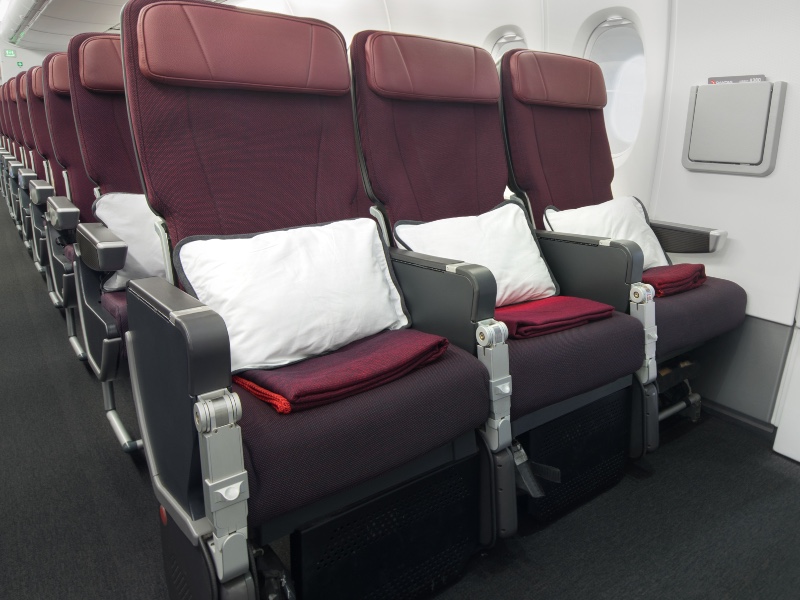
Qantas passengers will finally be able to select exit row and extra legroom seats on long-haul flights again from tomorrow, with the airline removing the block on these seats that was introduced two years ago.
When flying long-haul in Economy Class to faraway destinations like Singapore, Johannesburg, Los Angeles or London, an exit row seat with a little more legroom can make all the difference. So this is great news for Qantas passengers wishing to select these seats!
Qantas Economy exit row seats now cost an additional fee of between $115 and $190 on long-haul international flights. This charge was previously $90-180 per flight before the pandemic.
Exit rows blocked until today
Exit row seats have been unavailable on most Qantas international flights since the start of the COVID-19 pandemic.
Not only could you not pre-purchase an exit row seat on most Qantas international flights, but the seats have been physically marked as “do not occupy” on board the aircraft.
This affected all exit row seats on Qantas’ Airbus A330-200, Airbus A330-300 and Boeing 787-9 aircraft. It also affected most of the extra legroom seats in Economy & Premium Economy on the Qantas A380, which is currently in service on the Sydney-Los Angeles route. The A380 will also resume service on the Sydney-Singapore-London route from 19 June 2022.
The lack of exit row seating was not widely publicised by Qantas, but the following note appeared on the Inflight and Airport services page of the Qantas website:
Seating
Exit row seats and extra legroom seats are temporarily unavailable on our Boeing 787 and Airbus A330 and A380 aircraft.
Why Qantas blocked exit row seats
The reason for this change was for social distancing and to protect the cabin crew. But it’s not really clear why it has taken so long for the policy to be reversed.
Most of the exit row seats on Qantas’ wide-body aircraft are directly opposite rear-facing jump seats where flight attendants sit during take-off, landing and sometimes also mid-flight if there is turbulence.
Because cabin crew members may be seated here at any stage of the flight, Qantas made the decision to make the seats “unserviceable” and not available for passenger use at all. The physical seats have still been there, but passengers were not allowed to move into them – even during the flight – much to the chagrin of tall Qantas passengers travelling in Economy.
But if you’re travelling with Qantas on a wide-body aircraft from tomorrow, you can now select and pay for an extra legroom seat (if any are still available) on the Qantas website or App.
Passengers sitting in these seats will be required to wear a face mask. This is a general requirement on Qantas flights anyway, but it means in practical terms that passengers with a medical exemption to wearing a face mask will not be allowed to occupy exit row seats for the time being.
Some extra legroom seats haven’t been affected
Exit row and bulkhead seats that don’t happen to face a crew jump seat have still been available to be used by passengers. These include seats like 71D, 80A and 80K in Economy Class on the Qantas A380, which have extra legroom due to the lack of a seat in front.
This policy also did not affect flights operated by narrow-body aircraft such as the Boeing 737-800, as exit row seats on these planes don’t face crew members.
However, all of the extra legroom seats in Economy on Qantas’ A330s are exit row seats located across from crew jump seats and were therefore unavailable.
You can leave a comment or discuss this topic on the Australian Frequent Flyer forum.
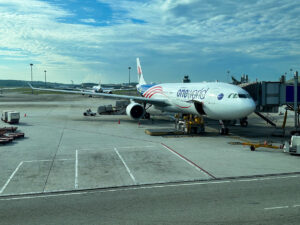
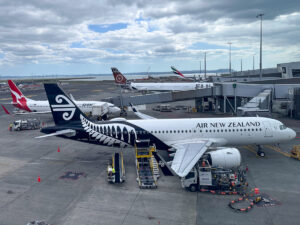


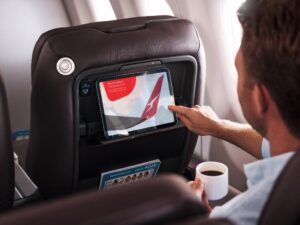
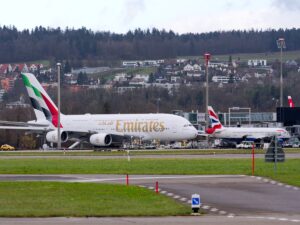






















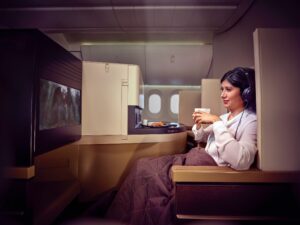












































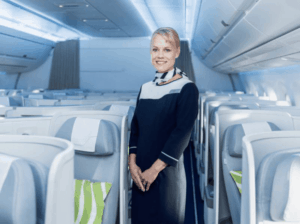
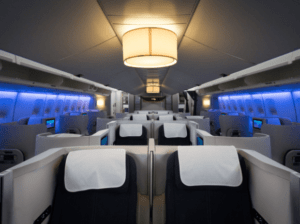
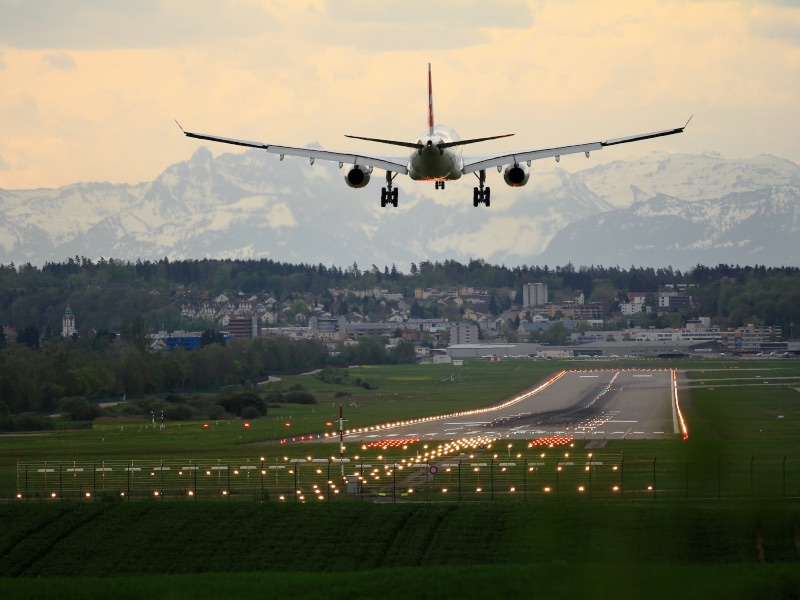





Community Comments
Loading new replies...
Join the full discussion at the Australian Frequent Flyer →